Antique chests are more than just functional storage solutions; they are pieces of history, craftsmanship, and art. Whether you’re a collector, an interior designer, or someone with an appreciation for vintage decor, these timeless pieces can bring a sense of charm and elegance to any room. In this blog, we’ll explore why antique chests are a valuable addition to your home and how to choose the right one for your space.
A Brief History of Antique Chests
Antique chests have been a part of human history for thousands of years, with evidence of their existence dating back to ancient civilizations such as Egypt, Greece, and Rome. These early chests were often ornate and intricately designed, serving as symbols of wealth and status.
During the Middle Ages, chests became a staple of European furniture, used to store clothing, jewelry, and other precious items. The Renaissance saw the rise of ornate and intricately carved chests, often featuring intricate designs and patterns.
- Middle Ages (500 – 1500 AD): During the Middle Ages, chests became a staple of European furniture. They were used to store clothing, linens, and other household items. Chests from this period were often simple in design and featured intricate carvings and ornate metalwork.
- Renaissance (1500 – 1700 AD): The Renaissance saw a resurgence in the popularity of ornate and intricately carved chests. These chests were often decorated with intricate designs and patterns, and were used to store valuable items such as jewelry, clothing, and other precious goods.
- 18th and 19th Centuries (1700 – 1900 AD): During the 18th and 19th centuries, chests continued to evolve in terms of design and functionality. They were often made with exotic woods such as mahogany and walnut, and featured intricate carvings and ornate hardware.
- 20th Century (1900 – 2000 AD): In the 20th century, the production of antique chests declined, as mass-produced furniture became more popular. However, the demand for antique chests continued to grow, and many collectors and enthusiasts began to seek out rare and unique pieces.
Today, antique chests are highly prized by collectors and enthusiasts for their beauty, craftsmanship, and historical significance. Whether you’re an experienced collector or simply someone who appreciates the beauty of the past, antique chests are a true treasure trove of history and elegance.
The Craftsmanship of Antique Chests

Antique chests are known for their superb craftsmanship, with each piece demonstrating the expertise and passion of the craftsmen who made them. From the finest woods to the complex carvings and ornamental decorations, every feature of an antique chest reflects the artisan’s skill.
- Woodworking Techniques: Antique chest makers employed a range of woodworking techniques, including mortise and tenon joints, dovetail joints, and hand-carved decorations. These techniques required great skill and precision, resulting in chests that are both beautiful and durable.
- Carvings and Ornamentation: Antique chests often feature intricate carvings, inlays, and other forms of ornamentation. These decorations were painstakingly created by hand, using techniques such as relief carving, intarsia, and marquetry.
- Hardware and Fittings: Antique chests feature ornate hardware and fittings, including hinges, locks, and handles. These components were often custom-made for each chest, requiring great skill and attention to detail.
- Finishing Techniques: Antique chest makers used a range of finishing techniques, including waxing, polishing, and staining, to enhance the beauty of the wood and protect it from damage.
- Attention to Detail: Antique chest makers were meticulous in their attention to detail, ensuring that every aspect of the chest, from the construction to the finishing, was of the highest quality.
- Use of High-Quality Materials: Antique chest makers used only the finest materials, including solid woods, precious metals, and other high-quality components, to ensure that their creations would last for generations.
- Innovative Designs: Antique chest makers were often innovators, pushing the boundaries of design and technique to create truly unique and beautiful pieces.
Some of the most notable craftsmanship techniques used in antique chests include:
- Dovetailing: A technique used to create strong and durable joints, characterized by interlocking “tails” and “pins.”
- Marquetry: A technique used to create intricate inlays, often featuring geometric patterns or designs.
- Carved Moldings: A technique used to create ornate moldings, often featuring foliage, animals, or other decorative motifs.
- Gilding: A technique used to apply a thin layer of gold or other precious metal to decorative elements, such as hardware or carvings.
Types of Antique Chests
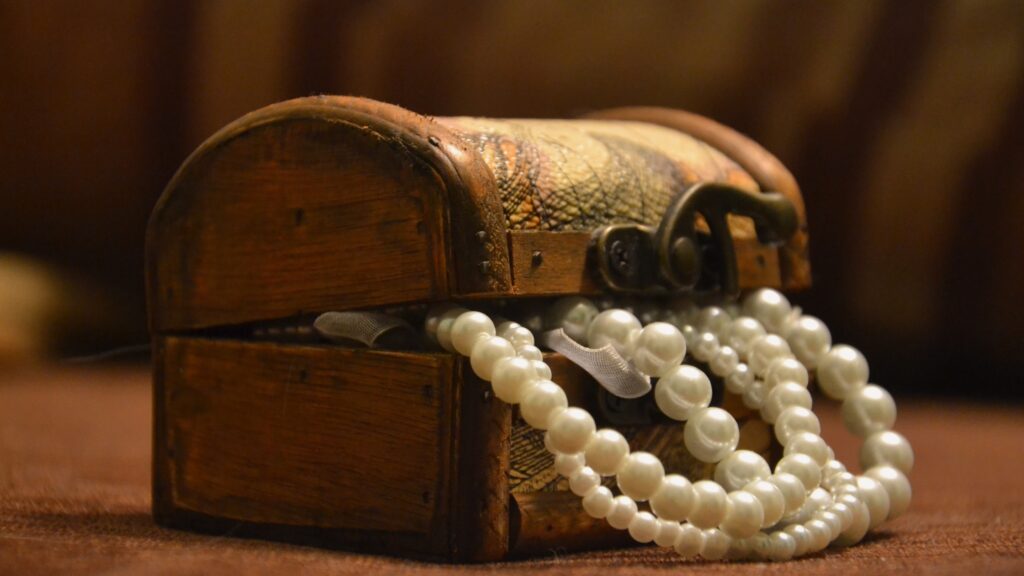
Antique chests come in a wide range of styles, designs, and materials, reflecting the diverse cultural and historical contexts in which they were created. Here are some of the most common types of antique chests:
- Coffers: These are small, rectangular chests with a flat top and often feature intricate carvings and ornate metalwork. Coffers were used to store valuable items such as jewelry, coins, and other precious goods.
- Trunks: These are larger, rectangular chests with a hinged lid and often feature ornate hardware and intricate carvings. Trunks were used to store clothing, linens, and other household items.
- Chests of Drawers: These are tall, vertical chests with multiple drawers and often feature intricate carvings and ornate hardware. Chests of drawers were used to store clothing, linens, and other household items.
- Marquetry Chests: These are chests featuring intricate inlays of wood, often in geometric patterns or designs. Marquetry chests were highly prized for their beauty and craftsmanship.
- Carved Oak Chests: These are chests made from solid oak and feature intricate carvings, often in the form of foliage, animals, or other decorative motifs. Carved oak chests were popular in Europe during the Middle Ages.
- Chinoiserie Chests: These are chests featuring intricate carvings and designs inspired by Chinese art and architecture. Chinoiserie chests were popular in Europe during the 18th and 19th centuries.
- Sea Chests: These are chests used by sailors and travelers to store their belongings while at sea. Sea chests often feature intricate carvings and ornate hardware.
- Blanket Chests: These are chests used to store blankets, linens, and other household items. Blanket chests often feature simple designs and were popular in Europe during the 18th and 19th centuries.
These are just a few examples of the many types of antique chests that exist. Each type of chest has its own unique characteristics, reflecting the cultural and historical context in which it was created.
Why Antique Chests Are Still in Demand
Antique chests continue to captivate collectors and homeowners alike, even in today’s era of modern furniture. Their ongoing popularity can be attributed to several factors that make them timeless pieces worth investing in. Let’s explore why antique chests remain in demand:
Historical Significance
Antique chests are a tangible connection to the past, offering a glimpse into the lives of our ancestors. They provide a window into the cultural, social, and economic context of bygone eras.
Craftsmanship and Durability
Antique chests are often handcrafted, with meticulous attention to detail that is rarely found in mass-produced modern furniture. Made from high-quality woods like oak, mahogany, or cedar, these chests were built to last, often standing the test of time for generations. Their durability makes them valuable pieces that can be passed down as heirlooms, ensuring they retain both sentimental and monetary value.
Aesthetic Appeal
Antique chests are renowned for their beauty and elegance. They add a touch of sophistication and refinement to any room, making them a coveted addition to any home or collection.
Rarity and Exclusivity
Antique chests are scarce, making them highly sought after by collectors and enthusiasts. Owning an antique chest is a badge of honor, signifying a level of sophistication and refinement.
Emotional Connection
Antique chests often hold sentimental value, being passed down through generations or acquired through a special connection. They evoke feelings of nostalgia and warmth, making them a treasured possession.
Investment Potential
Antique chests can appreciate in value over time, making them a shrewd investment for collectors and enthusiasts.
Functional Value
Despite their age, antique chests remain functional, providing a practical means of storing clothing, linens, and other household items.
Timeless Appeal
Antique chests transcend time and trends, remaining a coveted possession regardless of changing fashion or design trends.
These factors combine to make antique chests a coveted possession, cherished by collectors, enthusiasts, and anyone who appreciates the beauty and significance of the past.
How to Choose the Perfect Antique Chest
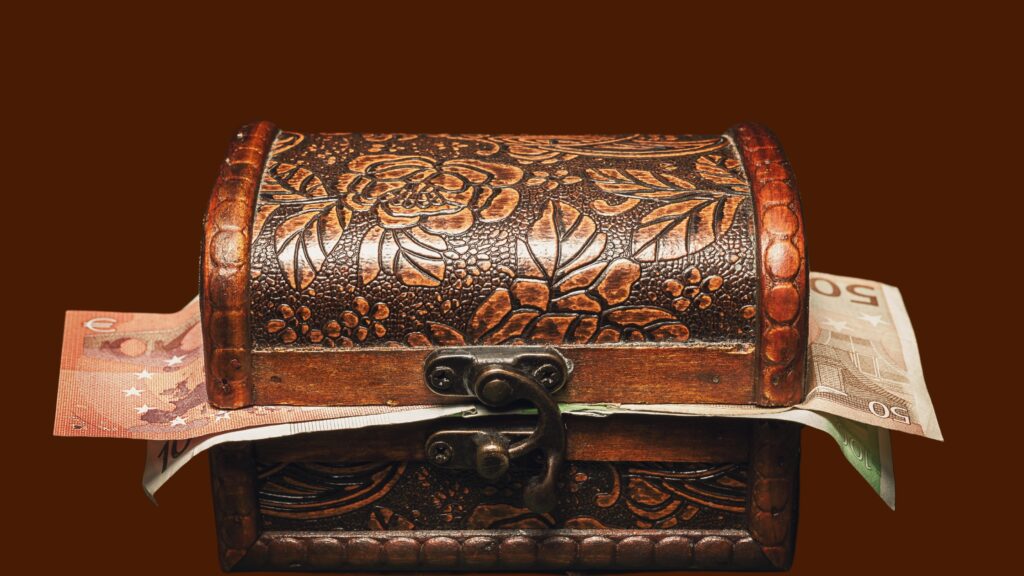
Selecting the right antique chest for your home or collection requires careful consideration. With so many styles, periods, and conditions to evaluate, making the right choice can enhance the look and value of your space. Here’s a step-by-step guide on how to choose the perfect antique chest:
Define Its Purpose
Before purchasing an antique chest, think about its function. Are you looking for a decorative piece, or do you need something more practical for storage? Knowing the purpose will help you narrow down the type of chest that suits your needs, such as a cedar chest for storing linens or a dower chest as a decorative statement.
Determine the Right Size
Measure the space where you plan to place the chest. Antique chests come in various sizes, so it’s essential to ensure the piece will fit well without overwhelming the room. Larger chests like antique trunks can serve as focal points, while smaller chests may work better in bedrooms or hallways for a subtle touch.
Consider the Style and Era
Antique chests vary in design based on the time period and region in which they were made. Decide whether you want a piece that complements your existing decor or something that stands out. For example:
- Victorian chests often feature ornate carvings and dark woods, ideal for traditional interiors.
- Rustic or farmhouse chests may have simpler designs with visible wear, adding character to more casual spaces.
- Georgian or Colonial chests are known for their elegant craftsmanship and timeless appeal.
Assess the Condition
When buying an antique chest, condition is key. While some wear is expected due to the age of the piece, avoid chests with extensive damage that could compromise their integrity. Check for:
- Wood stability: Ensure there are no significant cracks, rot, or warping in the wood.
- Drawers and hinges: Make sure they open and close smoothly, and check for any missing or loose hardware.
- Repairs or alterations: Some restoration may have been done over time, but excessive repairs can reduce the value of the piece.
Check for Authenticity
To ensure you’re getting a genuine antique, look for key indicators of authenticity:
- Signs of handcraftsmanship: Uneven carvings, dovetail joints, and tool marks indicate that the chest was handmade.
- Patina: The natural aging of the wood, known as patina, gives antique chests their unique character. Authentic pieces will have a rich, warm finish developed over time.
- Provenance: If possible, ask the seller for any documentation or history about the chest. This can increase both the value and appeal of the piece.
Evaluate the Wood Type
The type of wood used in an antique chest can affect its durability and aesthetic. Some common woods used in antique chests include:
- Oak: Known for its strength and durability, oak chests are typically heavy and sturdy.
- Mahogany: This hardwood is prized for its rich, reddish-brown hue and fine grain, often used in high-end antique furniture.
- Cedar: Used in cedar chests, this wood is known for its natural insect-repellent properties, making it ideal for storing textiles.
Consider the Price and Value
Antique chests can vary widely in price, depending on factors like age, condition, craftsmanship, and rarity. It’s important to set a budget before you start shopping. While some pieces may be more affordable due to wear, others may be considered valuable collectors’ items. Do your research to ensure the asking price aligns with the chest’s true market value.
Buy from Reputable Sources
Whether you’re purchasing from an antique store, estate sale, or online marketplace, it’s crucial to buy from a trusted seller. A reputable dealer can provide information on the chest’s history, authenticity, and condition, ensuring that you’re making a sound investment.
Think About Future Maintenance
Antique chests, like all antique furniture, require some care to maintain their beauty and value. Before purchasing, consider whether you’re willing to take the time to polish the wood regularly, keep it away from direct sunlight, and protect it from moisture.
By following these guidelines, you’ll be able to choose the perfect antique chest that not only enhances your home but also serves as a timeless piece of history. Whether you’re a seasoned collector or a first-time buyer, taking the time to make a thoughtful purchase ensures you’ll enjoy your antique chest for years to come.
Caring for Your Antique Chest
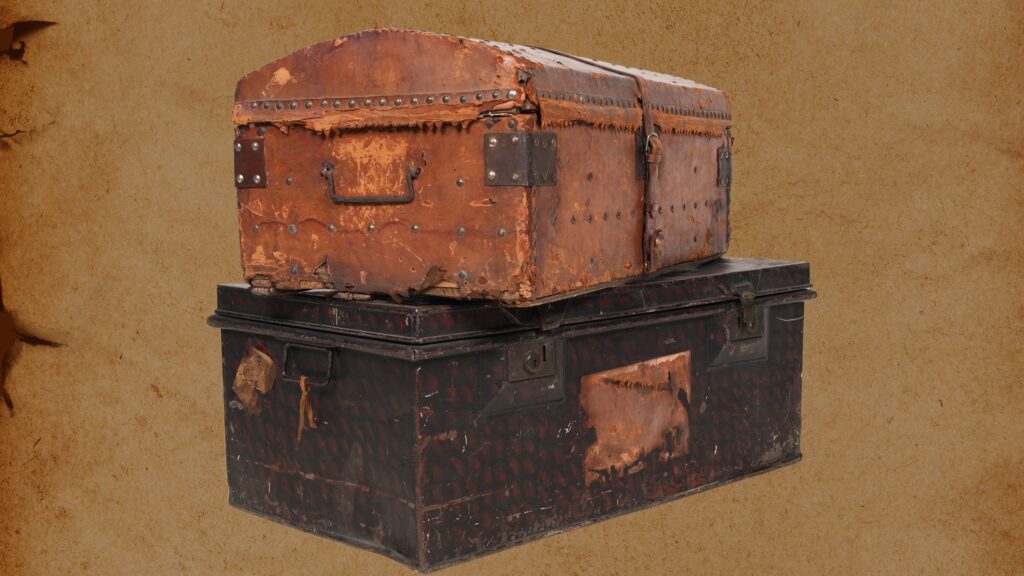
Once you’ve added an antique chest to your collection, proper care is essential to preserve its beauty and functionality. Here are a few tips:
Cleaning the Surface
Antique chests often have delicate finishes that require gentle cleaning methods. Avoid harsh chemicals and abrasives, as they can damage the wood and patina.
- Dust regularly: Use a soft, lint-free cloth or a feather duster to remove dust. This prevents buildup and protects the chest’s finish.
- Use a damp cloth sparingly: If you need to clean the chest more thoroughly, use a slightly damp cloth (not wet) to wipe the surface. Immediately dry the area with a soft cloth to avoid moisture damage.
- Avoid commercial polishes: Over time, commercial wood polishes can leave a residue that may dull the chest’s finish. Instead, opt for a high-quality beeswax polish designed for antiques. Apply sparingly and buff gently to restore the natural shine.
Protecting from Sunlight
Direct sunlight can cause antique wood to fade and the finish to deteriorate over time. To prevent this:
- Position your chest away from windows: Place the chest in a shaded area of the room or away from direct sunlight.
- Use curtains or blinds: If your chest is near a window, consider using light-filtering curtains or blinds to reduce exposure to UV rays.
Controlling Humidity Levels
Wood naturally expands and contracts with changes in humidity, which can lead to warping or cracking in antique chests.
- Maintain stable humidity: Keep the room’s humidity level between 40-55%. In areas with extreme humidity fluctuations, use a humidifier or dehumidifier to maintain a stable environment.
- Avoid placing near heat sources: Keep your antique chest away from fireplaces, radiators, or vents, as excessive heat can dry out the wood and cause cracks.
Handling with Care
Antique chests are often fragile due to their age, so it’s important to handle them with care.
- Lift, don’t drag: When moving your chest, always lift it to avoid stressing the legs or joints. Dragging can cause scratches on the floor and damage to the chest itself.
- Protect the surface: Use coasters or felt pads under any objects placed on the chest to prevent scratches and damage. Avoid placing heavy items on the top, as they can warp the wood.
Addressing Scratches and Minor Damage
It’s natural for antique furniture to show signs of wear, but minor scratches and dings can often be repaired.
- Cover scratches: For light scratches, use a matching furniture touch-up pen or wax crayon to blend the scratch with the wood. Rub gently, then buff the area to restore the finish.
- Use furniture wax: Periodically apply a thin layer of beeswax to the chest. This not only protects the finish but also helps fill in small surface scratches.
Polishing and Waxing
To maintain the natural luster of your antique chest, periodic waxing is recommended.
- Choose the right wax: Use a high-quality, non-silicone wax designed for antique wood. Beeswax or carnauba wax are excellent choices.
- Apply sparingly: Less is more when it comes to waxing antiques. Apply a thin layer of wax with a soft cloth, following the grain of the wood. After allowing it to dry, buff with a clean cloth to bring out the shine.
Dealing with Hardware
Antique chests often have metal handles, locks, or hinges that can tarnish over time.
- Clean metal carefully: Use a soft cloth to gently clean metal hardware. For brass or copper, use a mild metal polish, but avoid getting the polish on the surrounding wood.
- Tighten loose hardware: If the chest’s hardware becomes loose over time, carefully tighten screws with the appropriate tools. Be cautious not to over-tighten, as this could crack the wood.
Preventing Pests
Antique chests, especially those made of cedar, are naturally resistant to insects, but it’s important to take precautions against potential pest damage.
- Regularly inspect for signs of pests: Check for signs of woodworms or other pests, such as small holes or fine dust. If you notice any issues, consult a professional conservator to treat the wood.
- Keep your chest clean: Keeping your chest clean and free from dust can help deter pests from nesting in crevices or cracks.
Restoration Tips
If your antique chest requires more extensive repairs or restoration, it’s essential to consult a professional.
- Consult an expert: Avoid DIY restoration on valuable antiques, as improper techniques can reduce their value. A professional conservator can restore your chest without compromising its authenticity.
- Preserve the original finish: When restoring, try to preserve as much of the original finish and patina as possible, as this enhances both the aesthetic and monetary value of the piece.
Storage and Display Considerations
If you need to store your antique chest or if it is part of a seasonal display, take steps to protect it properly.
- Cover the chest: Use breathable fabric covers (like cotton) to protect the chest from dust and moisture while in storage. Avoid plastic covers, which can trap humidity and cause wood damage.
- Store in a climate-controlled environment: If storing long-term, ensure the storage area has stable temperature and humidity levels to prevent damage.
By following these care guidelines, you can preserve the beauty and integrity of your antique chest for generations to come. Proper maintenance not only protects your investment but also ensures that your chest remains a cherished piece in your home.
Where to Find Antique Chests
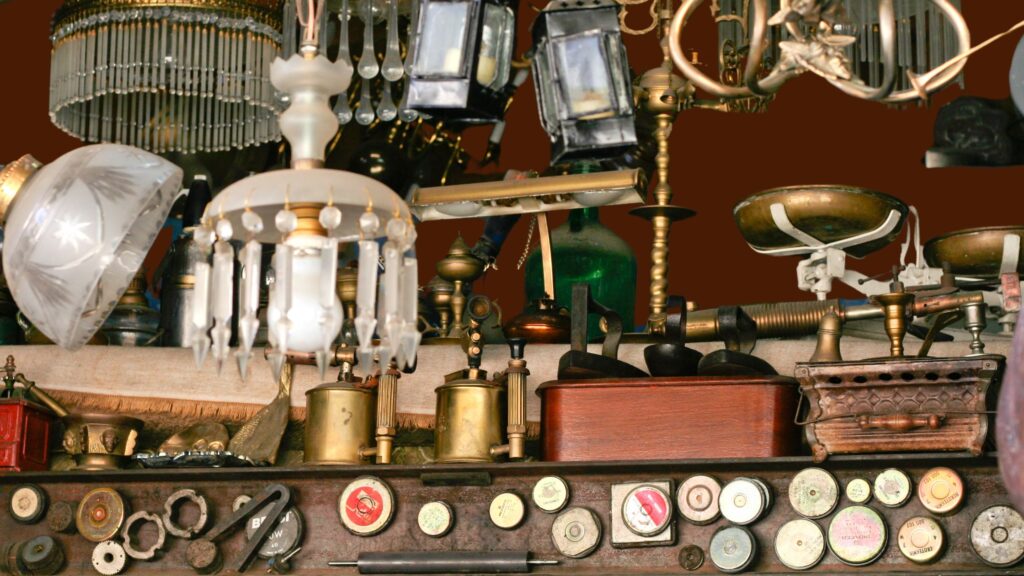
Antique chests, with their unique craftsmanship and historical value, are highly sought-after pieces for both collectors and interior decorators. Finding the perfect antique chest can be an exciting journey if you know where to look. Here’s a guide on the best places to find authentic antique chests:
Antique Stores
Local antique stores are some of the best places to start your search. These stores often have a carefully curated selection of antique furniture, including chests from different periods and styles. The advantage of shopping at antique stores is the opportunity to see the piece in person, evaluate its condition, and speak directly with knowledgeable staff who can provide insights into the history and value of the chest.
- Tip: Don’t be afraid to ask for the chest’s provenance or history. Many reputable dealers will have background information on their pieces.
Estate Sales
Estate sales can be treasure troves for finding antique furniture, especially antique chests. When someone downsizes or liquidates their estate, their furniture, including antiques, is often sold at auction. Estate sales offer a wide range of pieces, and you may find hidden gems at more affordable prices.
- Tip: Arrive early for the best selection or attend the last day of the sale when prices are often reduced.
Online Marketplaces
With the rise of online shopping, there are many reputable websites where you can find antique chests from sellers around the world. Some of the most popular platforms include:
- eBay: eBay has a large selection of antique chests from various sellers. Always check the seller’s feedback, read descriptions carefully, and request additional photos if needed.
- Etsy: Known for handmade and vintage items, Etsy has many independent sellers offering antique chests, often with detailed descriptions and customization options.
- 1stdibs: This luxury online marketplace specializes in high-quality antiques,1stdibs including rare and unique chests. Prices tend to be higher, but the quality is often top-notch.
- Chairish: Chairish is another marketplace offering curated collections of antique furniture, including chests, from around the world.
- Tip: Be sure to check the shipping costs and return policies when buying online, as antique chests can be heavy and expensive to ship.
Auction Houses
For those seeking rare or high-value antique chests, auction houses are excellent places to explore. Prestigious auction houses like Sotheby’s, Christie’s, and Bonhams regularly offer antique furniture, including chests from different historical periods. While auction prices can vary, you might find unique, museum-quality pieces that are hard to come by elsewhere.
- Tip: Before attending an auction, review the auction catalog to identify pieces of interest and set a budget to avoid overbidding in the heat of the moment.
Flea Markets
Flea markets are fun, informal venues where you can find a wide variety of antiques, often at bargain prices. While it may take some hunting, you might stumble upon a beautiful antique chest hidden among other treasures. Popular flea markets like the Brimfield Antique Show in Massachusetts and the Rose Bowl Flea Market in California are known for their vast selection of vintage and antique furniture.
- Tip: Bring cash and be prepared to negotiate with sellers for the best price.
Antique Fairs and Shows
Attending an antique fair or show is another great way to find a wide selection of antique chests. These events bring together dealers from different regions, offering everything from affordable pieces to rare collectibles. Shows like the Antiques Roadshow in the UK or The Original Miami Beach Antique Show in the US are great places to explore antique furniture.
- Tip: Plan ahead by researching the event’s exhibitors, so you can prioritize which sellers to visit.
Specialty Antique Furniture Dealers
Some dealers specialize exclusively in antique furniture, and these shops often have a wide range of high-quality antique chests. Specialty dealers are experts in their field and can provide detailed information about each piece’s age, craftsmanship, and origin. They may also offer restoration services, ensuring that your chest is in optimal condition.
- Tip: Build a relationship with a reputable dealer, as they can notify you when new items that match your interests come into their inventory.
Vintage and Second-Hand Stores
Don’t overlook second-hand and vintage stores when searching for antique chests. While they may not exclusively sell antiques, these stores often carry older furniture pieces, sometimes at surprisingly low prices. Keep an eye out for vintage chests that may have historical value.
- Tip: Be patient and visit regularly, as new items come in frequently.
Online Antique Forums and Social Media Groups
There are many online forums and social media groups dedicated to antiques where enthusiasts and collectors buy, sell, and trade items. Platforms like Facebook Marketplace, dedicated antique groups, or Reddit’s antique subreddits are good places to connect with others who may have antique chests for sale or can offer tips on where to find them.
- Tip: Join forums where sellers are vetted, and always ask for additional details and photos before committing to a purchase.
Local Classifieds and Community Boards
Local classifieds, like Craigslist or community bulletin boards, are excellent sources for finding antique chests nearby. Sellers looking to downsize or clear out storage may list antique furniture for sale, often at discounted prices since the buyer would need to arrange transportation.
- Tip: Act quickly when you spot a good deal, as quality antique chests can sell fast.
Final Thoughts
An antique chest is more than just a piece of furniture; it’s a timeless artifact that carries stories, history, and craftsmanship through generations. Whether you’re drawn to their aesthetic beauty, historical significance, or functional utility, antique chests can transform any space with their presence. By knowing where to find them—whether at local antique stores, auctions, online marketplaces, or estate sales—you can make a thoughtful investment that will add both character and value to your home.
Remember, caring for an antique chest properly is crucial to preserving its integrity and beauty. Whether it’s through regular cleaning, controlling the environment, or occasional restoration, your antique chest will remain a cherished heirloom for years to come.
Happy hunting as you explore the world of antique chests—you’re sure to find a piece that resonates with your style and story!
FAQ
What is an antique chest called?
An antique chest is often referred to as a coffer or trunk, depending on its style and function. These terms describe storage chests used historically to hold valuables, clothing, or other belongings.
How can you tell if a chest is antique?
To tell if a chest is antique, check for signs of age such as craftsmanship details, dovetail joints, hand-forged hardware, and natural wear like patina. Look for marks, labels, or stamps indicating the maker or era. Antique chests often have slight imperfections and irregularities, as they were handcrafted rather than machine-made.
Are antique chests worth money?
Yes, antique chests can be worth significant money, depending on factors like their age, rarity, craftsmanship, condition, and historical significance. Well-preserved and rare pieces can fetch high prices from collectors and antique enthusiasts.
If you are interested to know about Antique Wood Stove READ HERE
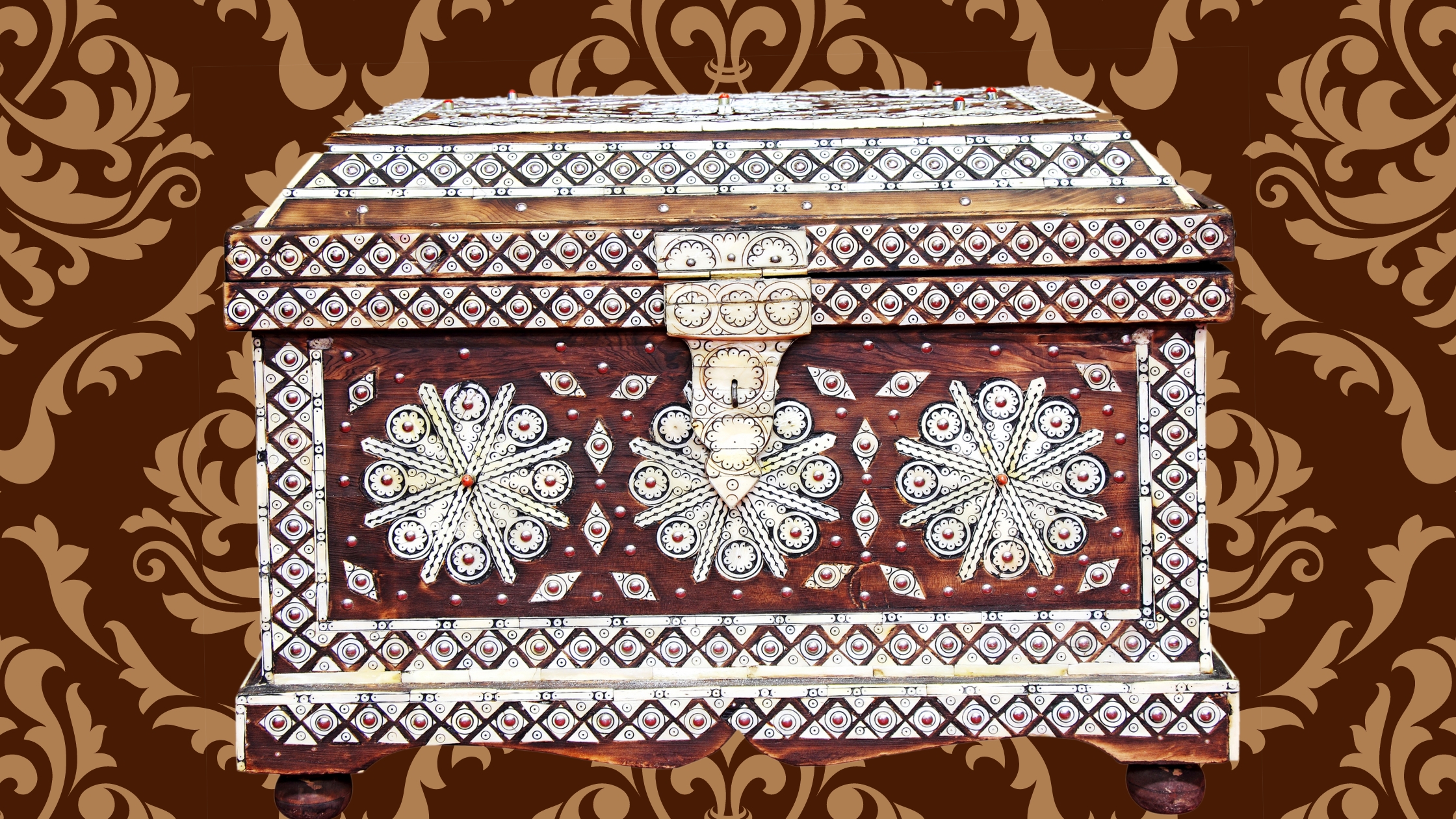
Leave a Reply